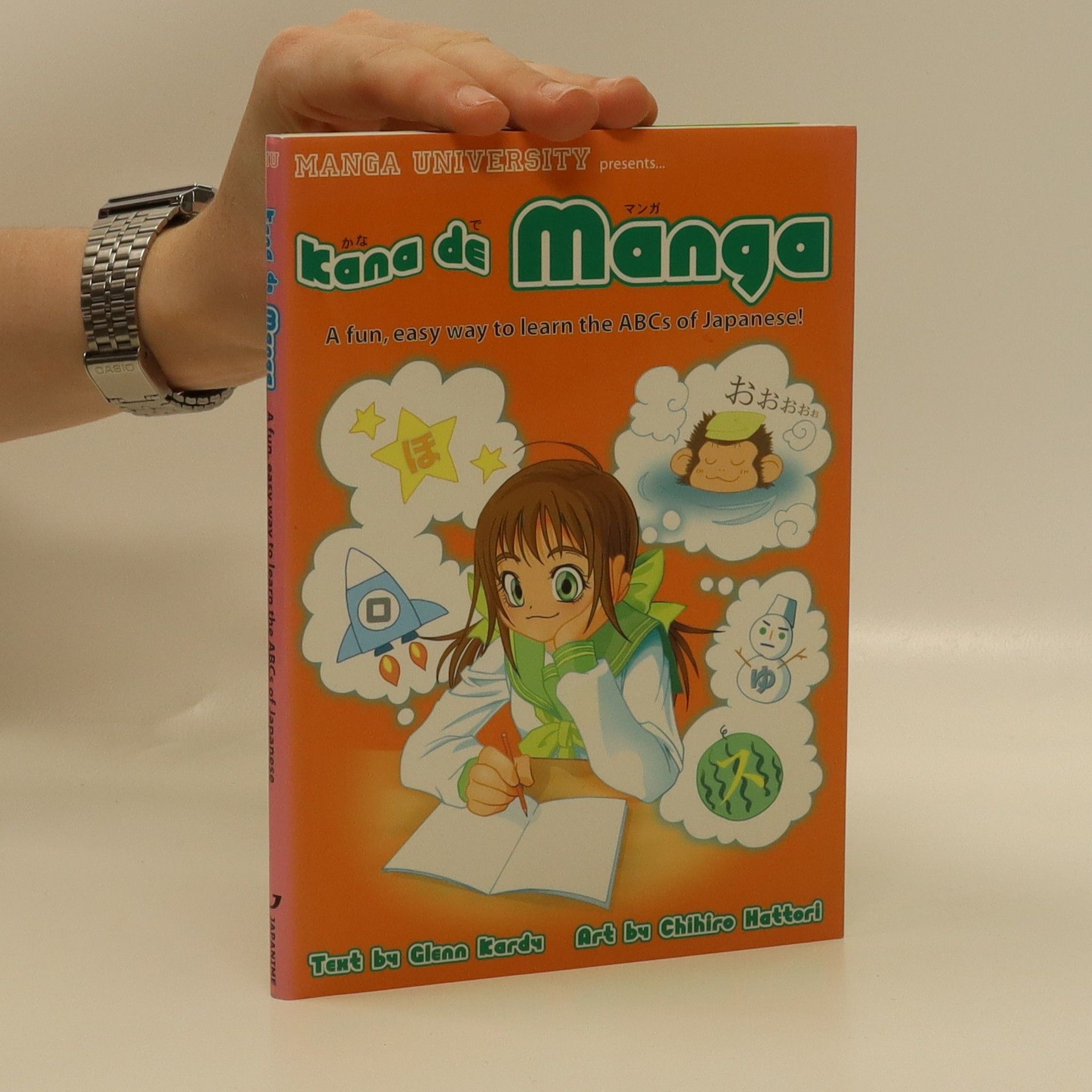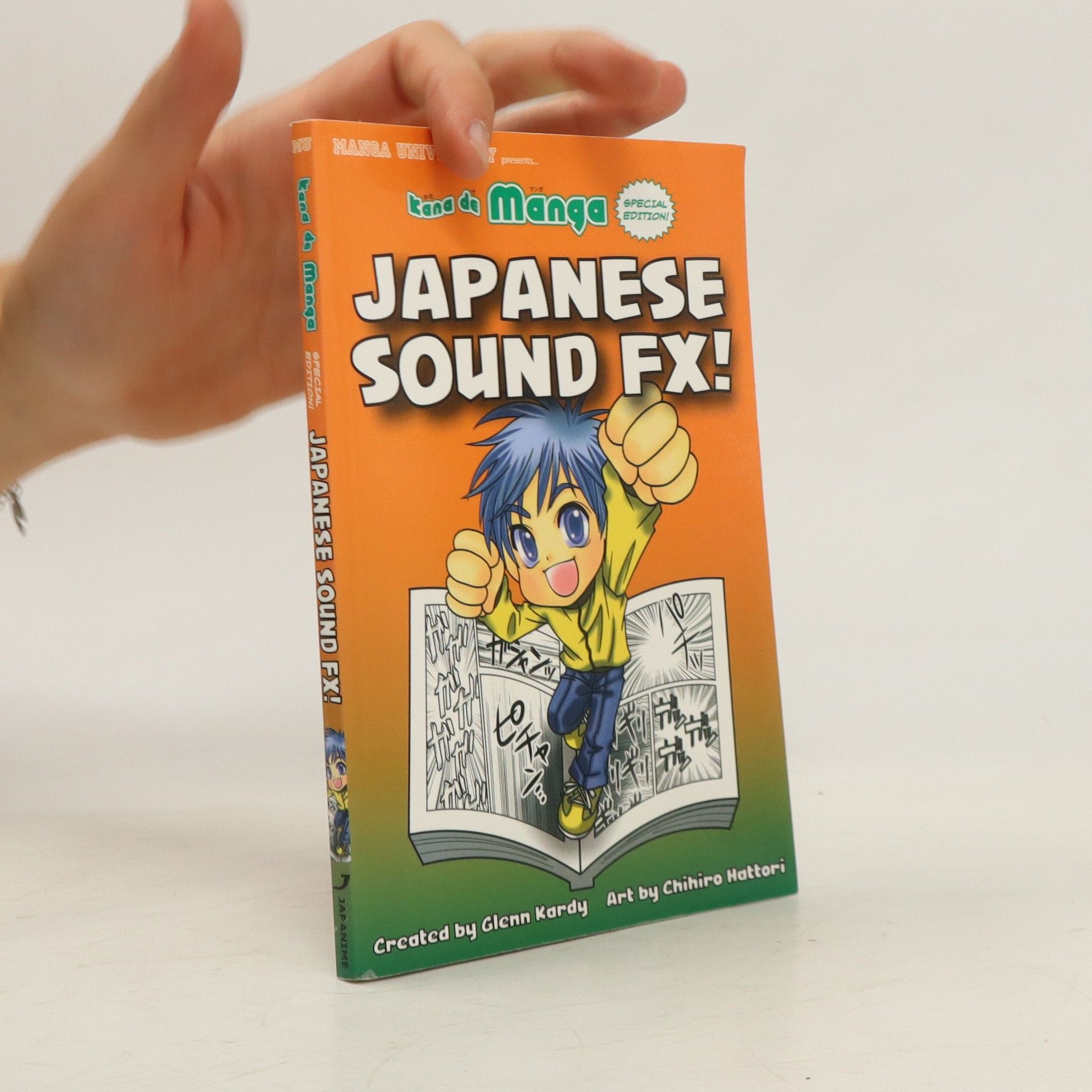Have you ever wondered what a cat's meow sounds like in Japanese? How about the grumble of an empty stomach, the wail of a police car's siren or the crash of an ocean wave?Japanese manga artists rely heavily upon onomatopoeia — sound-effect words — and this special entry in the award-winning "Kana de Manga/Kanji de Manga" language-learning series from Manga University is jam-packed with illustrated examples of those sounds in action.Featuring nearly 100 Japanese onomatopoeia and their English equivalents in categories such as "Humans," "Animals," "Machines" and "Nature."
Glenn Kardy Knihy





Kana de Manga
- 112 stránok
- 4 hodiny čítania
Kana de Manga, the latest entry in the popular Manga University lineup of books, uses original manga artwork to teach students how to read, write and pronounce the Japanese hiragana and katakana alphabets, also known as "kana." Author Glenn Kardy, editor of several of the English-language volumes in the world-renowned How to Draw Manga series, and artist Chihiro Hattori have teamed up to create this must-have book for manga enthusiasts who are interested in more than just pretty pictures. Includes a foreword by Dr. Ronald A. Morse, professor of Japan Studies at the University of Nevada, Las Vegas.
Manga University uses original comic artwork to teach readers how to identify and write the most common Japanese kanji ideographs. The third volume in the series features 80 kanji that students in Japan learn by the time they have completed the sixth grade.
Presents an introduction to eighty of the most commonly used Japanese kanji characters, with English translations and a pronunciation guide, in a text with manga-style illustrations.
Presents an introduction to eighty of the most commonly used Japanese kanji characters, with English translation and a pronunciation guide, in a text with a comic book format.